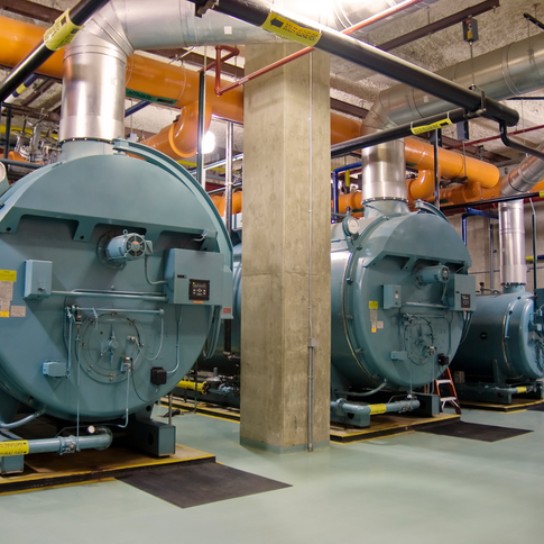Different Types of Flocculants and Their Applications in Water Treatment
Understanding Flocculant Types and Their Applications
Flocculants are versatile agents widely used in various industries to enhance the efficiency of processes like sedimentation, clarification, and dewatering. These substances promote the aggregation of suspended particles into larger clusters, or flocs, which can then be easily separated from liquids. While the primary function of flocculants remains consistent across applications, their types can vary significantly based on their composition, charge, and intended use.
Types of Flocculants
1. Natural Flocculants Derived from plant or animal sources, natural flocculants include substances such as alginates, starches, and chitosan. These biodegradable agents are typically non-toxic and can effectively agglomerate particles in water treatment processes. For instance, chitosan, which is derived from chitin found in crustacean shells, is often utilized in wastewater treatment due to its ability to remove heavy metals and toxins.
2. Synthetic Flocculants These are man-made chemical agents, often formed from petroleum-based products. Synthetic flocculants are further categorized based on their ionic charge - Anionic Flocculants These have a negative charge and are effective in neutralizing positively charged particles. They are commonly used in industries like mining and pulp and paper production to aid in the sedimentation of fine particles. - Cationic Flocculants With a positive charge, these flocculants work well in applications where negatively charged particles are present. They are commonly employed in municipal wastewater treatment facilities to enhance the removal of suspended solids and algae. - Nonionic Flocculants These flocculants carry no charge and function primarily through a mechanism of physical entanglement. They are particularly useful in applications where the charge of suspended particles is variable.
3. Bioflocculants An emerging category, bioflocculants are produced by microbial metabolism and are gaining attention for their eco-friendly attributes. They are capable of flocculating various types of wastewater contaminants effectively, including heavy metals and organic matter. Examples include microbial exopolysaccharides, which have shown promise in both industrial and municipal applications.
Applications of Flocculants
flocculant types

Flocculants find utility in several key areas
- Water Treatment In municipal water treatment plants, flocculants are essential for clarifying water, removing turbidity, and enhancing the filtering process. They help improve the overall quality of drinking water. - Mining and Mineral Processing Flocculants are crucial in the extraction of minerals, where they promote the sedimentation of ore particles, thus facilitating the recovery of valuable materials. - Pulp and Paper Industry Flocculants are used to enhance the removal of fiber and filler materials from wastewater streams, contributing to the overall efficiency of the paper-making process. - Food and Beverage Industry Here, flocculants aid in clarification processes during juice and wine production, ensuring the final product is visually appealing and free from unwanted particulates.
- Agriculture Flocculants improve the efficiency of soil remediation processes and can also enhance the retention of water and nutrients in soil.
Choosing the Right Flocculant
The selection of an appropriate flocculant is crucial for achieving desired outcomes in any given application. Factors to consider include the nature of the suspended particles, the chemical composition of the flocculant, cost considerations, and environmental impact. Conducting thorough testing can help identify the most effective flocculant for specific conditions.
Conclusion
In summary, the variety of flocculant types available reflects their adaptability across different fields. From natural and synthetic to bioflocculants, the appropriate use of these agents can optimize processes, improve resource recovery, and contribute to environmental sustainability. As industries continue to seek efficient solutions to manage water and waste, the role of flocculants will undoubtedly remain significant. Understanding the fundamentals of flocculant types and their specific applications is essential for leveraging their full potential in various sectors.
-
Premium Isothiazolinones | Broad-Spectrum Biocidal SolutionsNewsAug.28,2025
-
LK-319 Special Scale And Corrosion Inhibitor For Steel Plants: Advanced Solutions for Industrial Water SystemsNewsAug.22,2025
-
Flocculant Water Treatment: Essential Chemical Solutions for Purification ProcessesNewsAug.22,2025
-
Isothiazolinones: Versatile Microbial Control Agents for Industrial and Consumer ApplicationsNewsAug.22,2025
-
Scale Inhibitor: Key Solutions for Water System Scale PreventionNewsAug.22,2025
-
Organophosphonates: Versatile Scale Inhibitors for Industrial Water SystemsNewsAug.22,2025





